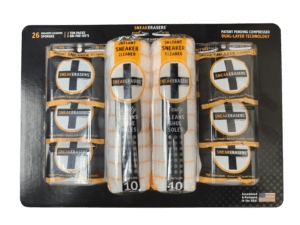Home » Blister Packs vs. Other Packaging Options: A Comparative Analysis
Blister Packs vs. Other Packaging Options: A Comparative Analysis
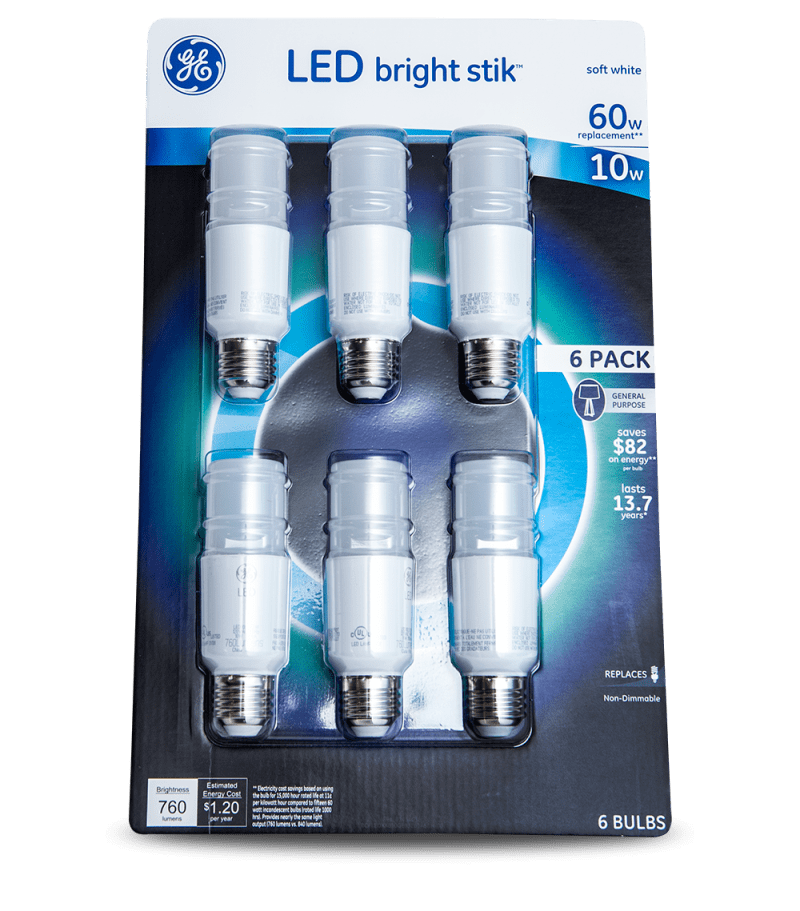
In the world of packaging, different products require different packaging solutions. With myriad options available today, companies can be selective about which suits their needs best. One prominent packaging option used across industries is blister packaging. Yet, how does blister packaging stack up against other packaging types? This blog post aims to provide a comprehensive analysis of blister packs in comparison to other prevalent packaging options.
Understanding Blister Packs
Blister packs, or clamshell packages, are pre-formed plastic packages mainly used for small consumer goods, pharmaceuticals, and medical devices. They have two main components – the cavity or pocket made from a formable web, usually plastic, and the lid, made from a lidding seal, generally aluminum foil, chipboard, corrugated or plastic.
Advantages of Blister Packs
- Product Visibility: Blister packs allow consumers to visually examine the product without opening the packaging. This feature can be crucial for products where design, color, or size matters to the consumer.
- Tamper Evident: Blister packs are designed to show clear signs of tampering, enhancing consumer trust.
- Protection: They provide robust protection from moisture, light, and oxygen, preserving the product’s quality.
- Cost-effective: Blister packs can be more affordable compared to other packaging options.
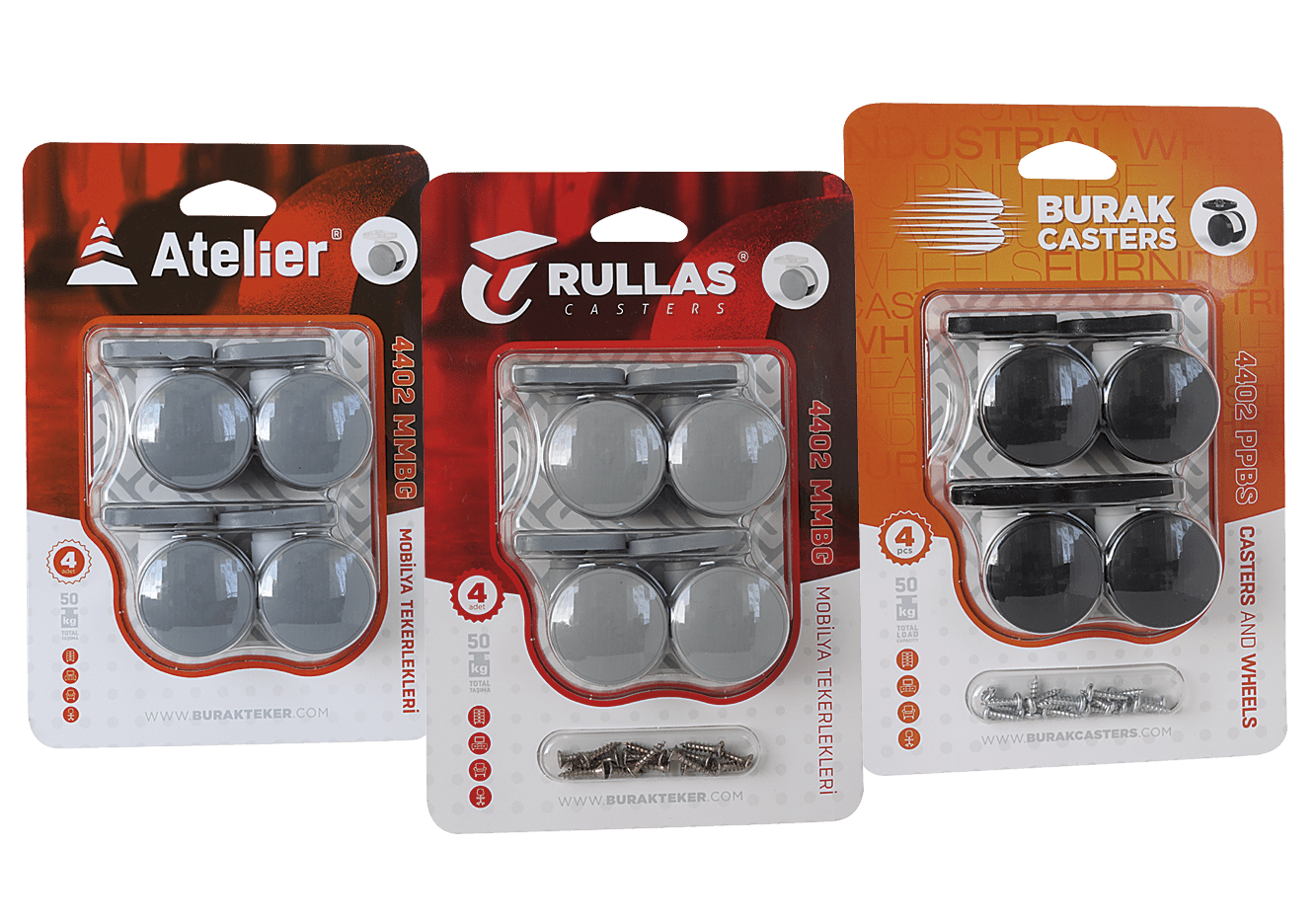
Other Packaging Options
Bottles & Jars
These types of packaging are commonly used for beverages, pharmaceuticals, cosmetics, and food items.
Advantages of Bottles & Jars
- Reusable: Unlike blister packs, bottles and jars can be reused, offering a sustainable alternative.
- Aesthetics: With options for material and shape customization, bottles and jars can enhance a product’s aesthetic appeal.
- Serving Size Flexibility: They offer more flexibility in terms of serving size, particularly important in the food and beverage industry.
Pouches & Bags
Flexible packaging like pouches and bags is gaining popularity due to its lightweight nature and convenience.
Advantages of Pouches & Bags
- Portability: Lightweight and space-efficient, these are ideal for on-the-go consumption.
- Customizable: They offer a broad spectrum of design possibilities and can be resealable.
Boxes
Boxes are ubiquitous in packaging, ranging from shipping heavy equipment to enclosing tiny jewelry items.
Advantages of Boxes
- Durability: Cardboard and corrugated boxes provide robust protection, ideal for shipping.
- Versatility: Boxes can be customized to fit a wide array of products.
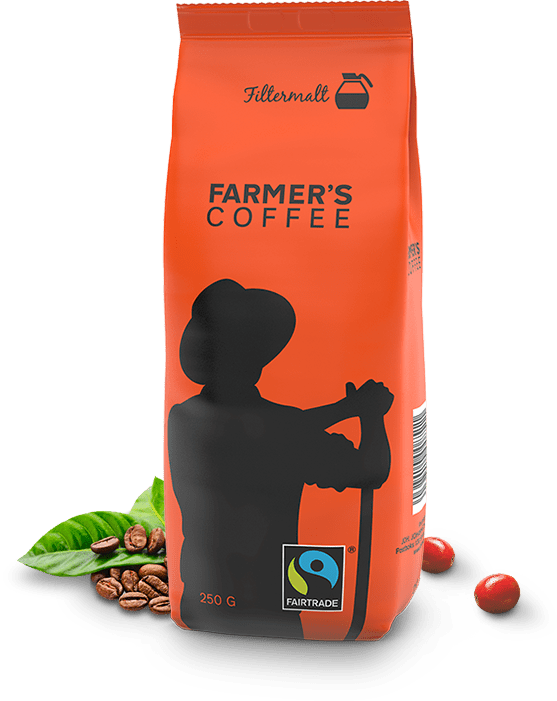

Blister Packs vs. Other Packaging Options: Comparative Analysis
Cost
While the exact cost will vary based on size and design, blister packs tend to be more affordable than bottles, jars, and boxes, making them a popular choice for businesses aiming to minimize packaging expenses. Pouches and bags, on the other hand, are often similarly priced to blister packs.
Environmental Impact
Plastic blister packs may not be as environmentally friendly as boxes, pouches, and bags that use biodegradable or recyclable materials. Glass bottles and jars, while recyclable, have a higher carbon footprint due to their weight and the energy required to produce them.
Product Protection
Blister packs provide excellent protection against external factors, rivalling that offered by bottles, jars, and boxes. Pouches and bags may provide less protection, depending on the material used.
Consumer Convenience
While blister packs offer product visibility and tamper evidence, they can be difficult to open. In comparison, bottles, jars, boxes, and especially resealable pouches and bags, provide easier access to the product.
Product Presentation
While blister packs excel in presenting the product visually, they lack the design versatility offered by boxes, pouches, and bags. Glass bottles and jars have a premium aesthetic appeal that blister packs may not match.
If you are interested in blister packs or other packaging options, then partner with Brown Packaging today to get started.
Peak season shipping volumes put pressure on every part of the supply chain. For packaging buyers, right-sizing boxes is one of the most effective strategies
The post-holiday season often brings a surge in product returns, making it essential for e-commerce businesses to design packaging that simplifies the returns process. Offering
Holiday e-commerce volumes push packaging to its limits. Trailers are overfilled, handling is rushed, and parcels endure more drops and vibration than usual. Without proper
The holiday season is the busiest—and most demanding—time of year for e-commerce packaging. Higher shipping volumes, faster turnaround times, and rougher handling conditions increase the
During the holiday season, packaging does more than protect—it directly influences how recipients perceive the gift inside. For e-commerce buyers, the right packaging design can
Holiday e-commerce packaging carries two expectations: delivering a memorable unboxing experience and meeting sustainability standards. Shoppers want festive branding, but they also expect recyclability and
Home » Blister Packs vs. Other Packaging Options: A Comparative Analysis
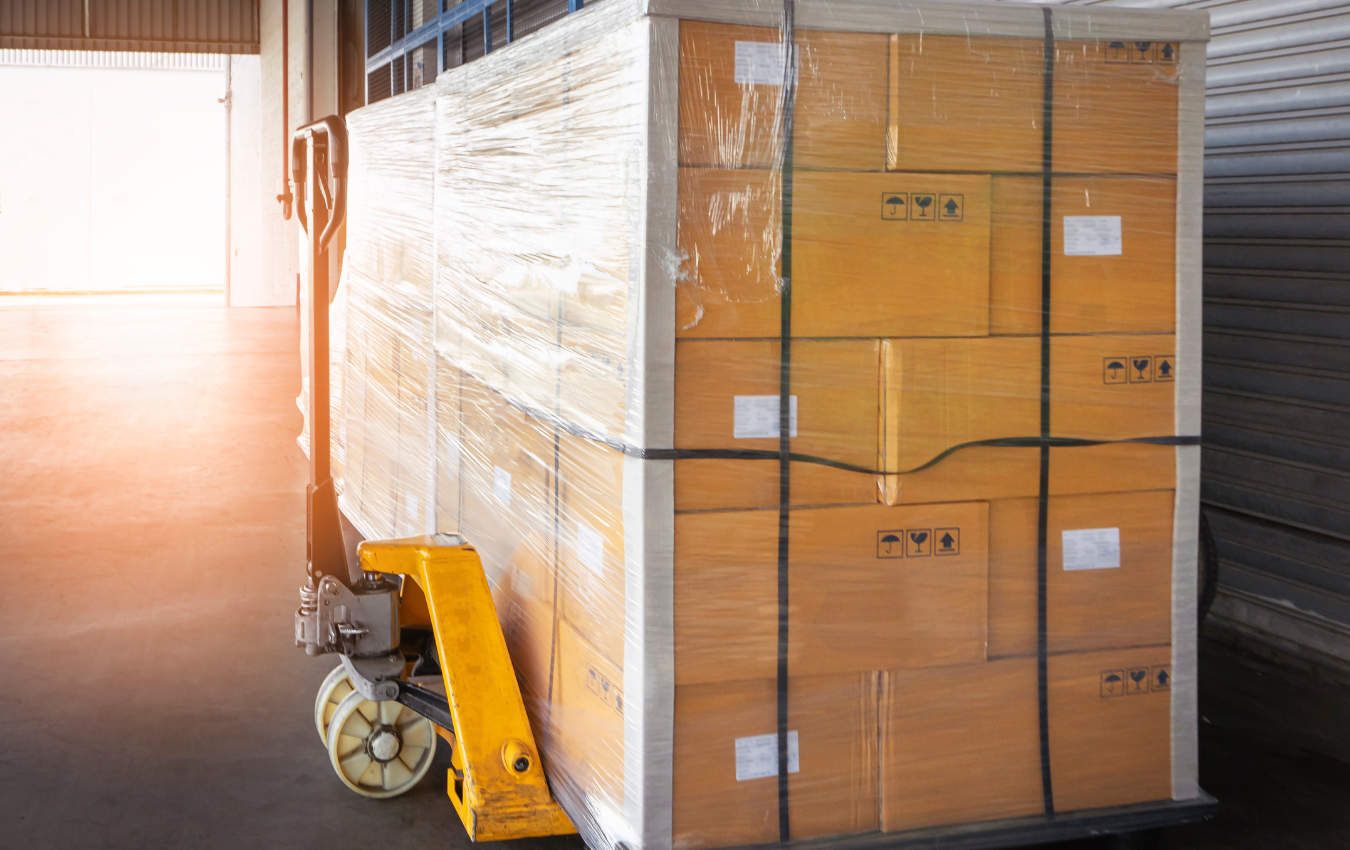
When you ship items, you run the risk of damaging them during transit. Even with careful handling, packages can bump into each other and sustain
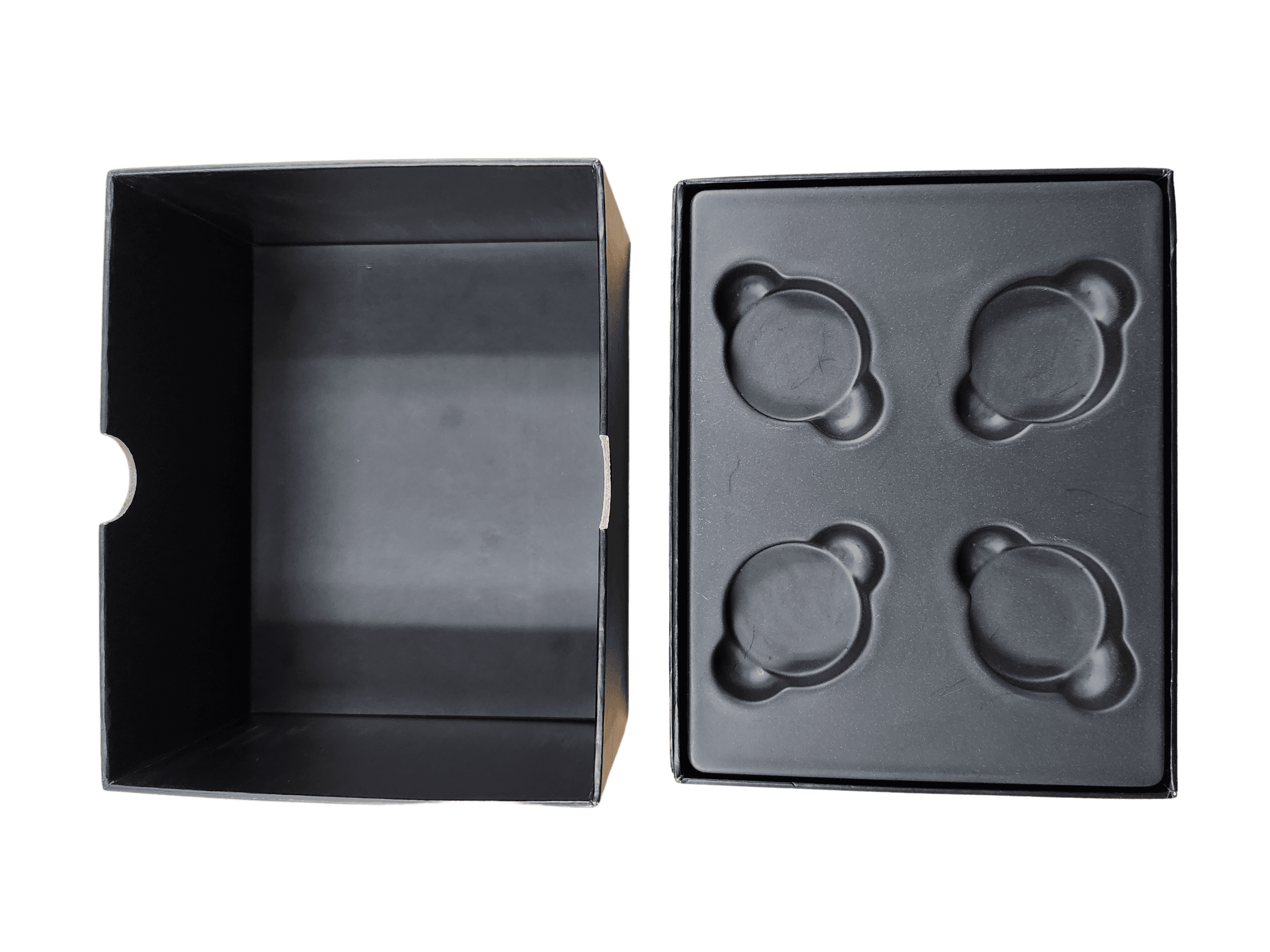
High Impact Polystyrene, commonly known as HIPS, is a versatile and widely used thermoplastic renowned for its unique blend of properties. This material is crucial

Polyethylene terephthalate, commonly abbreviated, stands out in the packaging industry for its versatility and environmental friendliness. Recognized as the most widely recycled plastic worldwide, this


